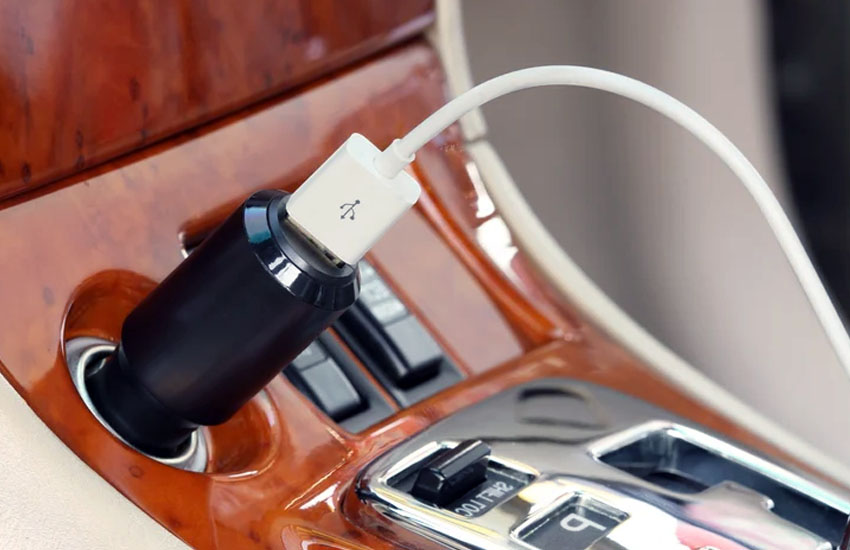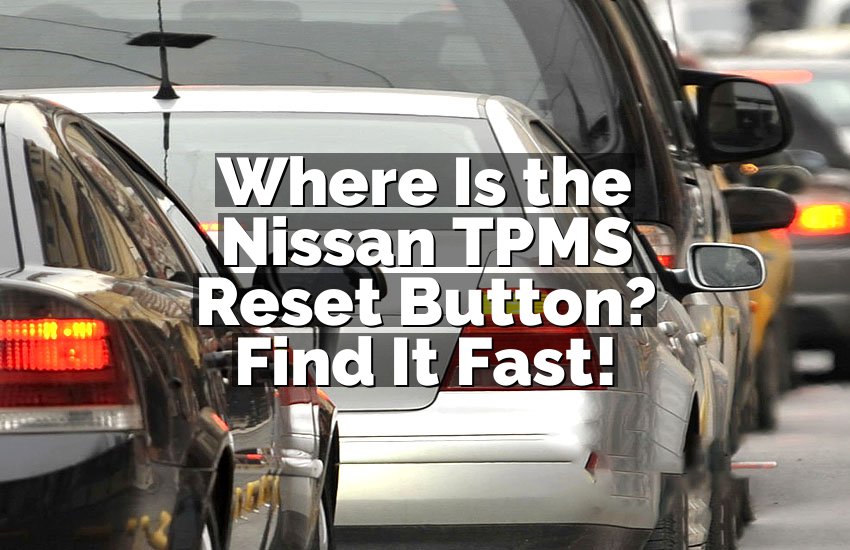Ever tried to charge your phone in the car, only to find the cigarette lighter isn’t working? It’s frustrating, right? But before you start thinking about the worst-case scenarios, let’s dive in to see why it happens and how you can fix it – all without breaking the bank!
Diagnosing the Problem – Understanding What’s Going Wrong with Your Car Cigarette Lighter
When the cigarette lighter in your car stops working, it’s not always a sign of a huge problem. It can be a minor issue, and once you know what to check, you’ll be able to figure it out. The first thing you need to do is rule out the obvious: Is the fuse blown, or is there another issue at play?
Why a Fuse Might Not Be the Problem
A car cigarette lighter is powered through a fuse, so if it’s not working, many people immediately assume that the fuse is blown. But here’s the thing – just because the fuse is fine doesn’t mean everything is okay. Fuses protect electrical circuits, but they’re not the only part of the equation.
If the fuse is in good condition, it’s time to look deeper into the issue. It could be a problem with the wiring, the socket, or the power supply itself. Electrical components in cars can be tricky. Even if the fuse is good, some of the wiring or connections might have worn out or loosened, especially if you’ve been using your cigarette lighter frequently.
Another factor to consider is the quality of the socket. Sometimes, dirt or debris can build up inside the socket, preventing proper contact. It could be something as simple as a stuck object inside, so check there first! Cleaning the socket with a can of compressed air might do the trick.
Investigating the Wiring and Connections
If the fuse is intact and the socket appears clean, the next thing you should check is the wiring behind the cigarette lighter. These wires connect the socket to the car’s electrical system. If they’re loose or disconnected, they might prevent the lighter from working, even if the fuse is still good.
To inspect the wiring, you may need to remove the cigarette lighter socket or access the dashboard. If you’re comfortable with working around your car’s electrical system, you can check the wiring yourself. However, if you’re unsure, it’s a good idea to take your car to a professional mechanic to avoid any risk.
Is It an Issue with the Power Supply?
Even though you’ve ruled out a blown fuse and inspected the wiring, there’s still a chance the problem lies with the power supply itself. If the electrical system in your car is having trouble delivering power to the socket, the lighter won’t work.
This is more difficult to diagnose on your own. You would likely need to use a multimeter or consult a mechanic to identify where the issue is. But don’t worry! Once the power supply problem is addressed, the lighter should be working again.
In some cases, power supply issues might even be linked to larger problems with the car’s electrical system, so it’s important to stay aware of any other electrical issues in your vehicle.

How to Fix the Car Cigarette Lighter When the Fuse is Fine
Now that you understand what might be causing the cigarette lighter to stop working, let’s explore how to fix it. Don’t stress – fixing your car’s cigarette lighter isn’t as difficult as it may seem, and with the right tools, you can get it back to working in no time.
Cleaning the Cigarette Lighter Socket
If dirt or debris is causing the issue, the first thing you need to do is clean the socket. Over time, dust, crumbs, or even cigarette ash can accumulate inside, blocking the connection and preventing the lighter from working.
To clean the socket, use compressed air to blow out any debris. You can also use a small cleaning brush or a cotton swab dipped in rubbing alcohol to clean the interior. Just make sure not to use anything too abrasive, as that could damage the socket.
Replacing the Fuse (Even If It Looks Fine)
You might be tempted to skip this step, but even though the fuse looks fine, it’s worth replacing. Sometimes, fuses can appear okay on the outside, but they may still be faulty. Replacing the fuse is a simple task, and it could fix the issue if something went wrong with the electrical flow.
To replace the fuse, you’ll first need to locate the fuse box in your car. It’s usually in the glove compartment, under the dashboard, or near the driver’s seat. Once you find the fuse box, look for the fuse that corresponds to the cigarette lighter. It will often be labeled with a simple “Cigarette Lighter” or something similar. Use a fuse puller (or even a pair of needle-nose pliers) to remove the old fuse and replace it with a new one.
Tightening or Replacing the Wiring
If the issue isn’t with the fuse or the socket, you may need to check the wiring behind the cigarette lighter. Disconnect the car battery before working on the electrical wiring to avoid getting shocked or damaging the system.
To fix the wiring, you may need to access the area behind the lighter socket. This can often be done by removing the panel around the lighter. If the wires are loose, you can tighten them back into place. If the wires are damaged or frayed, you’ll need to replace them.
If you’re not comfortable working with electrical components, it’s always a good idea to have a mechanic or electrician handle the wiring repair. They’ll ensure that everything is connected safely and correctly.
Checking the Car’s Power Supply
If you’ve checked the fuse, cleaned the socket, and fixed any wiring issues, but the cigarette lighter still isn’t working, the problem might be with the power supply. Diagnosing and fixing power supply problems is more complex, so it’s usually best to leave this to a professional mechanic.
Power supply issues can involve more than just a blown fuse or a loose wire – it could be related to a faulty alternator, battery, or other critical components. If you suspect a power supply issue, it’s best to take your car to a trusted mechanic to avoid further damage or costly repairs.
I hope this guide has helped you understand why your car cigarette lighter isn’t working, even when the fuse is okay. While electrical issues can sometimes be tricky, with the right knowledge and a little patience, you can usually fix the problem yourself. Always be cautious when dealing with electrical components, and if you’re not sure, don’t hesitate to get professional help.
Frequently Asked Questions
Is it possible to fix a car cigarette lighter without replacing the fuse?
Yes, if the fuse is fine, the issue might lie with the socket, wiring, or power supply. Cleaning the socket or checking the wiring may resolve the issue.
Can a dirty socket cause the cigarette lighter not to work?
Yes, dirt or debris in the socket can block the connection, preventing the cigarette lighter from functioning properly.
Do I need to remove the car battery before working on the cigarette lighter wiring?
Yes, always disconnect the car battery before working on electrical components to avoid the risk of electric shock or damaging the car’s electrical system.
Is there a specific type of fuse for the cigarette lighter?
Yes, most cars use a specific fuse for the cigarette lighter, usually located in the fuse box. It’s important to replace it with the correct size and type.
Can a faulty alternator cause the cigarette lighter not to work?
Yes, a faulty alternator can affect the car’s power supply, which may result in the cigarette lighter not receiving power.
Is it safe to replace the cigarette lighter fuse by myself?
Yes, replacing a fuse is a simple task that most car owners can do themselves. Just make sure to replace it with the correct type and size of fuse.
Can the cigarette lighter be repaired if it’s completely damaged?
If the cigarette lighter socket is physically damaged, it may need to be replaced. You can either do this yourself or consult a mechanic.
Do I need to visit a mechanic if my cigarette lighter isn’t working?
If you’ve checked the fuse, cleaned the socket, and fixed any wiring issues but the lighter still doesn’t work, it’s a good idea to consult a mechanic to address possible power supply or electrical system issues.


